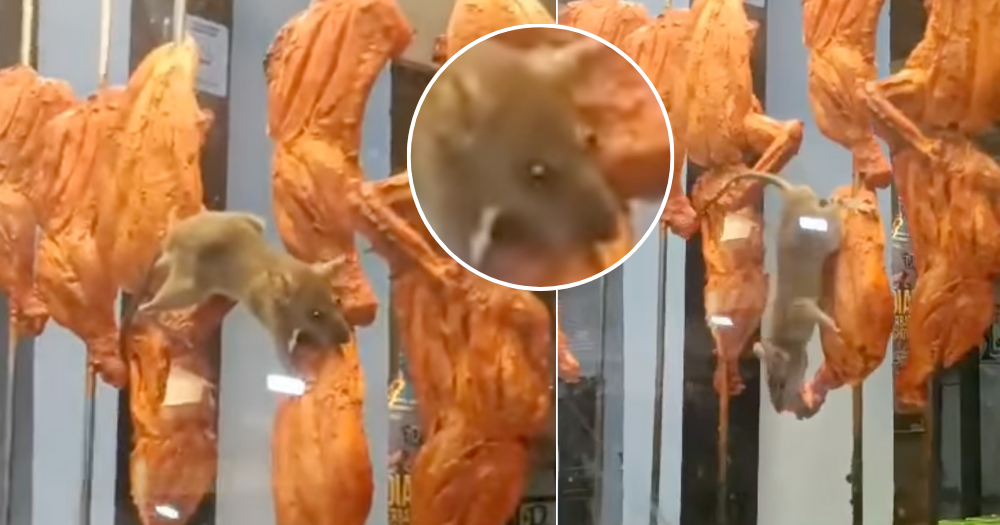NParks & OCBC to embark on S'pore's 1st seagrass restoration project
Seagrass meadows can store carbon up to 40 times more than terrestrial forests.
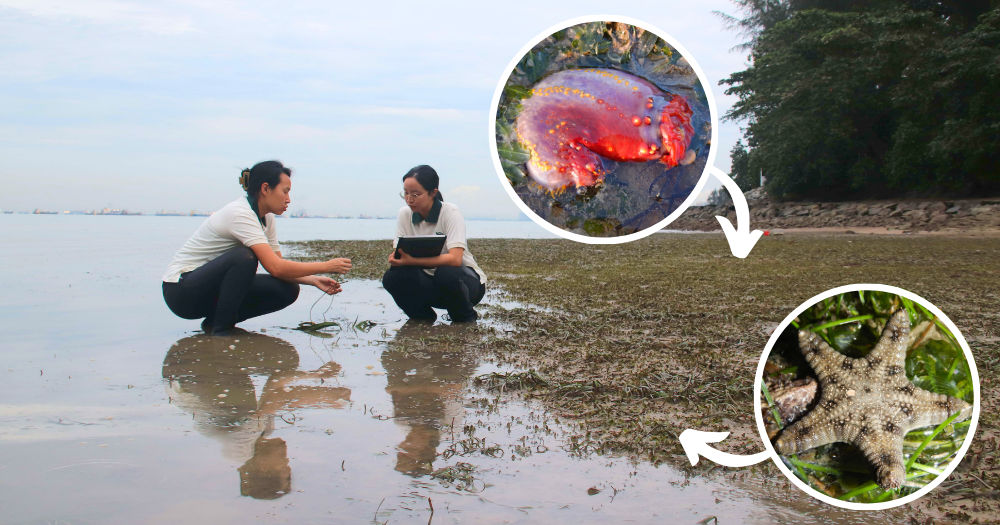
Seagrass meadows are an important carbon sink, and serve as a key habitat for marine biodiversity.
In Singapore, seagrass habitats can be found on both the northern and southern shores of the island.
To conserve and better protect this lesser-known habitat, OCBC and the National Parks Board (NParks) have announced Singapore's first seagrass restoration project.
This three-year project will involve researchers from NParks and the National University of Singapore (NUS), who will study the reproductive characteristics of seagrass, conduct a seagrass restoration pilot, and develop and test methods for seagrass transplantation.
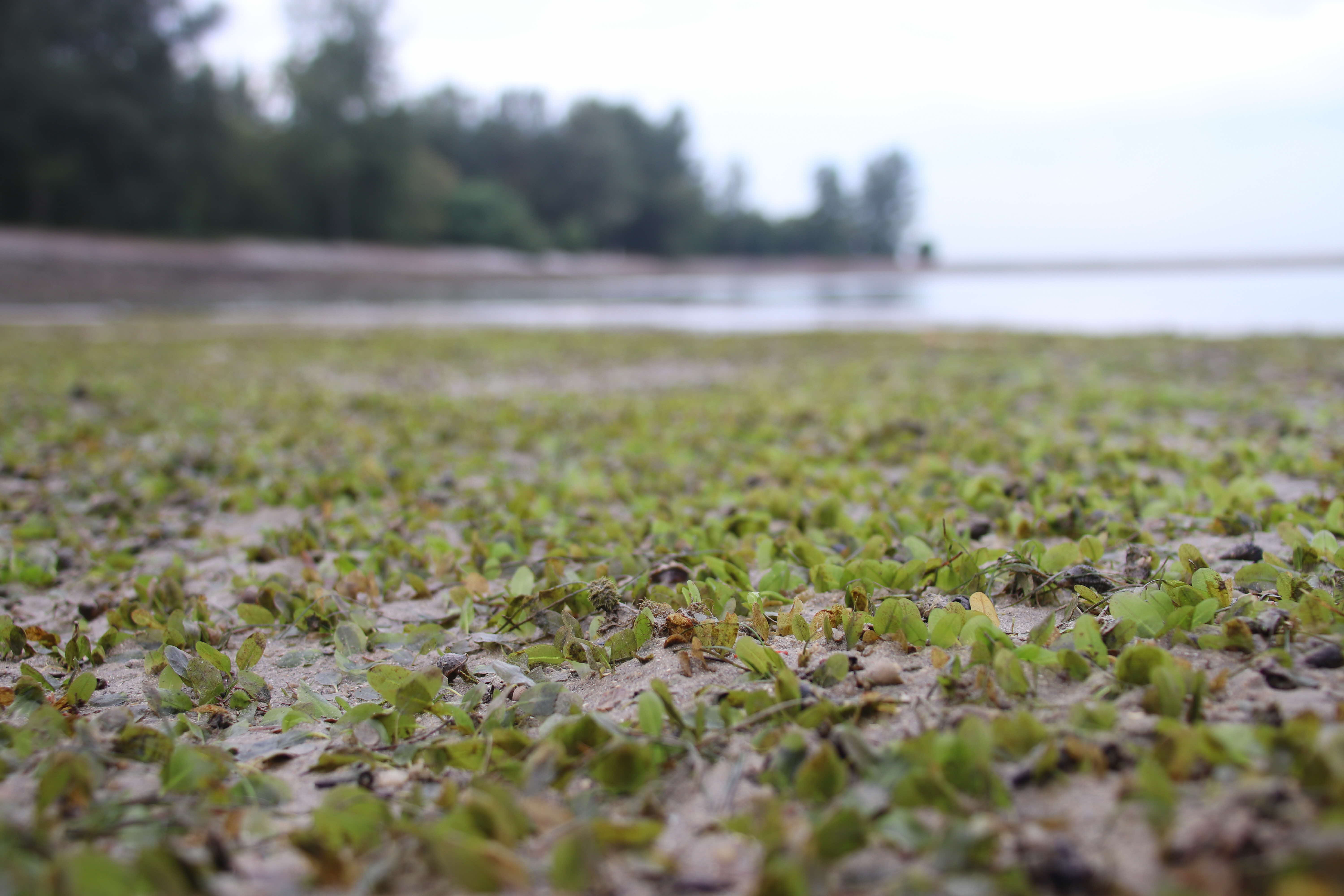 Photo from NParks
Photo from NParks
The project will be fully funded by OCBC, which has pledged close to S$1 million for it, reported CNA.
What's up with seagrass?
Seagrass meadows are a source of food for herbivores, such as the native dugong.
They are also nurseries for juvenile marine animals, such as crabs, shrimps and fishes.
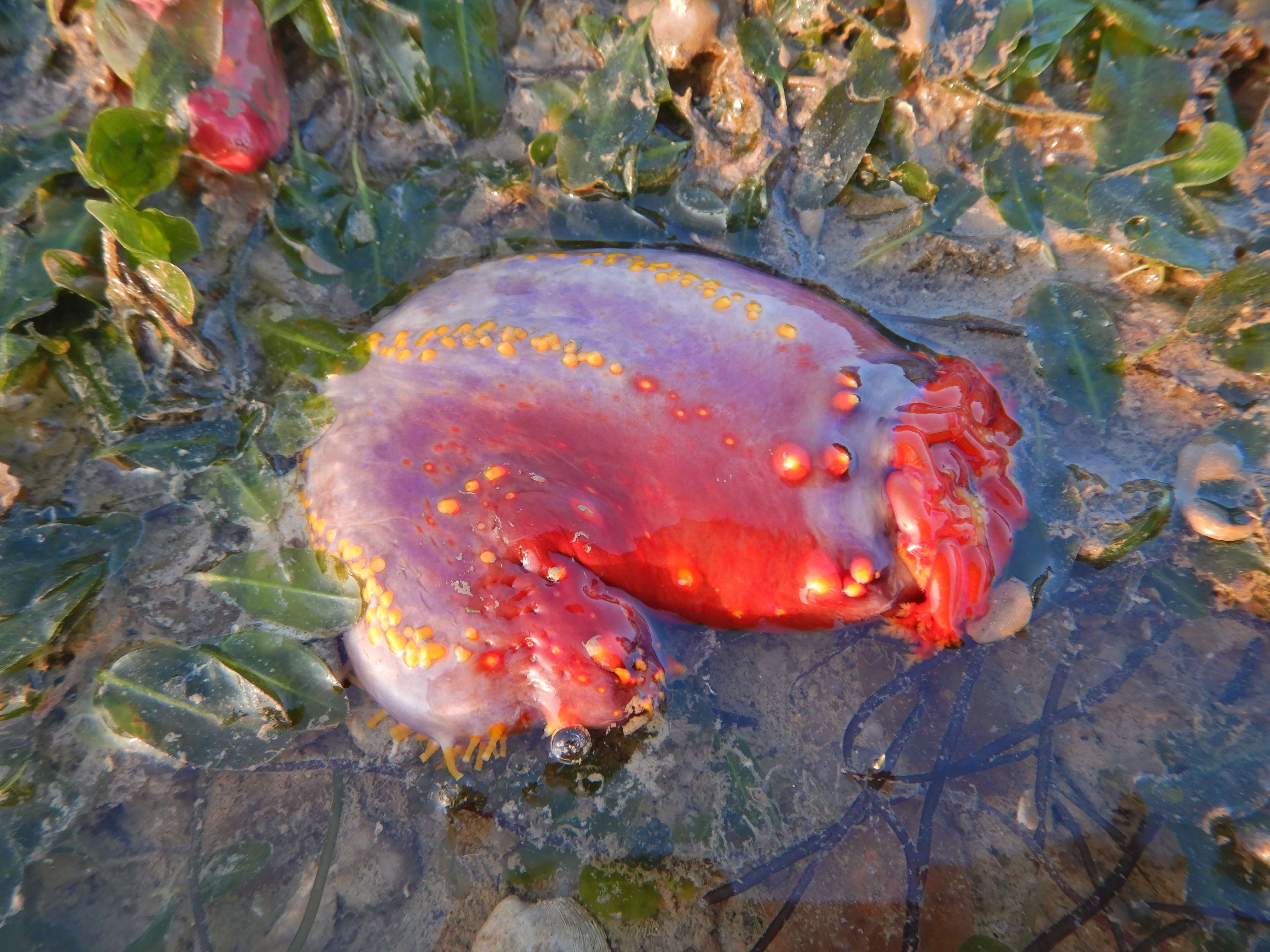 Photo from NParks
Photo from NParks
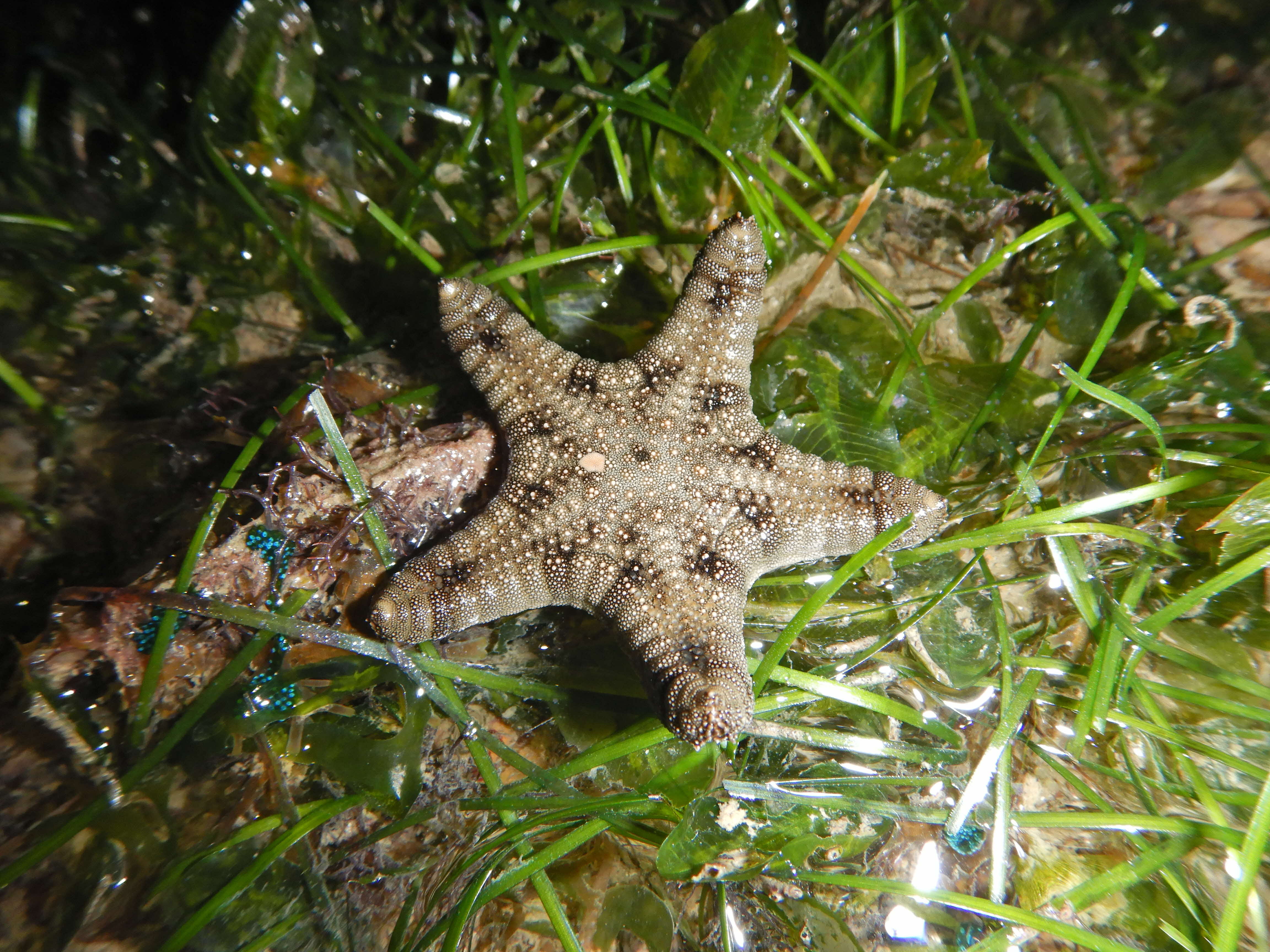 Photo from NParks
Photo from NParks
Additionally, seagrass meadows can store carbon up to 40 times more than terrestrial forests.
Although they cover only 0.2 per cent of the world's ocean floor, they also store up to 18 per cent of oceanic carbon.
Of the world's 72 species of seagrasses, Singapore is home to 12.
Unfortunately, nearly half of Singapore's seagrass meadows have disappeared over the last 50 years.
"Given the key role that seagrass plays in mitigating climate change, it is important to better understand and restore these plants to ensure that they continue to thrive in Singapore," OCBC and NParks said in a joint release.
"Conserving our biodiversity is crucial to transforming Singapore into a City in Nature," Senior Minister of State for National Development Tan Kiat How said, adding that the project "marks an exciting advancement in our marine biodiversity conservation efforts".
What will the project involve?
Thus far, tropical seagrasses have been "largely under-researched" in Southeast Asia.
The seagrass restoration project will be headed by local marine biologists from NParks, the St John's Island National Marine Laboratory, and NUS.
Their research will cover three broad areas:
Flowering and fruiting of seagrass
There is currently little information on what triggers the reproductive processes in tropical seagrasses.
Only a few species have been observed to flower here.
As part of the project, regular surveys will be conducted in the first two years to understand the natural flowering and fruiting patterns across multiple species.
The results will then help to inform conservation strategies for seagrass meadows.
Aquarium experiments will also be carried out to study potential triggers for flowering, and to determine what cues are critical for sexual reproduction.
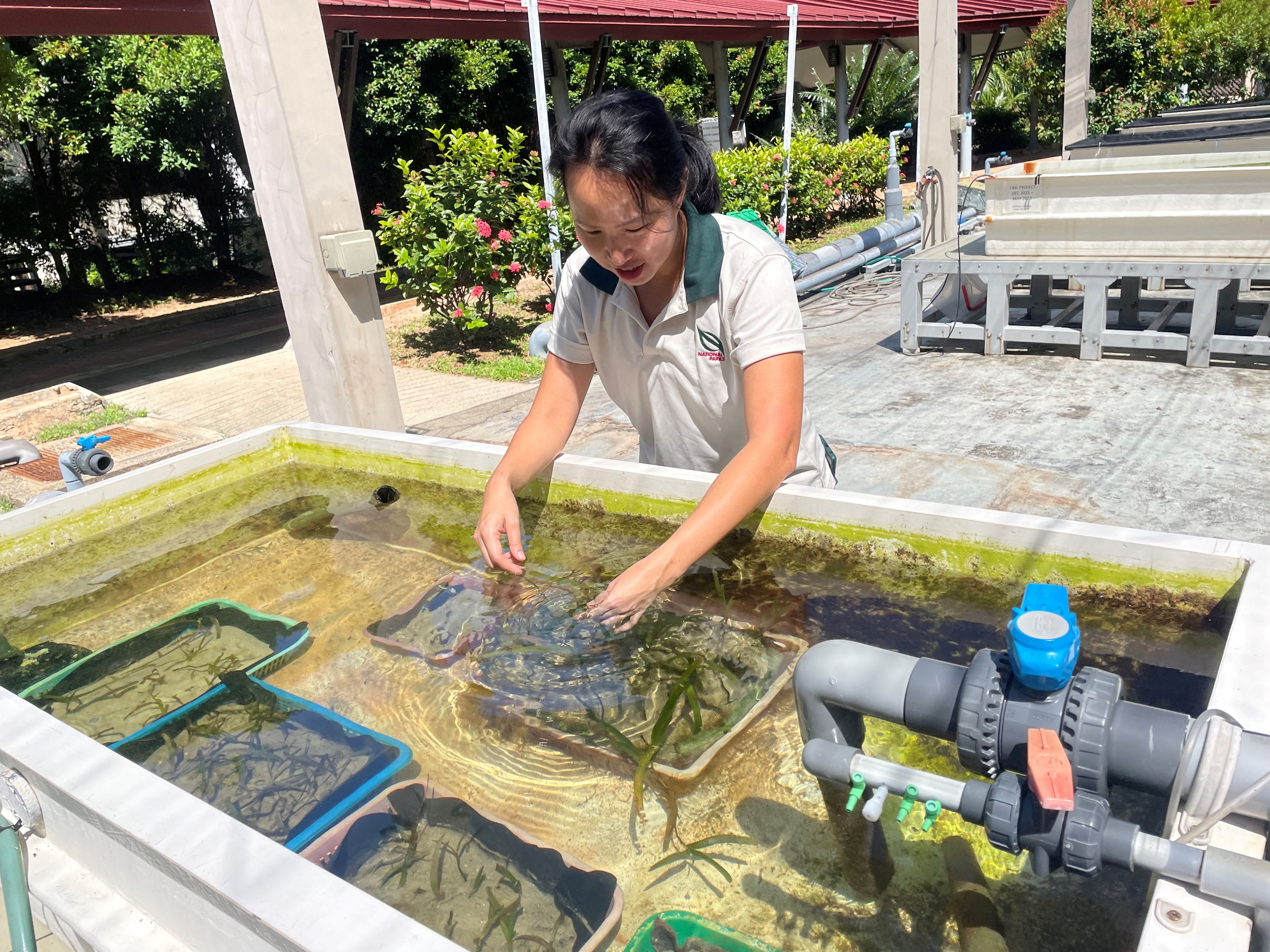 Photo from NParks
Photo from NParks
Methods of seagrass transplantation
Singapore's seagrass meadows have become increasingly impacted by coastal developments.
Till now, large-scale seagrass restoration has never been piloted here before, and one challenge affecting its success is the stability of the sediment, which can often bury or dislodge newly transplanted seagrass.
The project aims to develop and test out novel materials that can be used to anchor seagrass transplants.
"If successful, the new transplanting methods will go a long way in improving the long-term survival of transplanted seagrass," OCBC and NParks said.
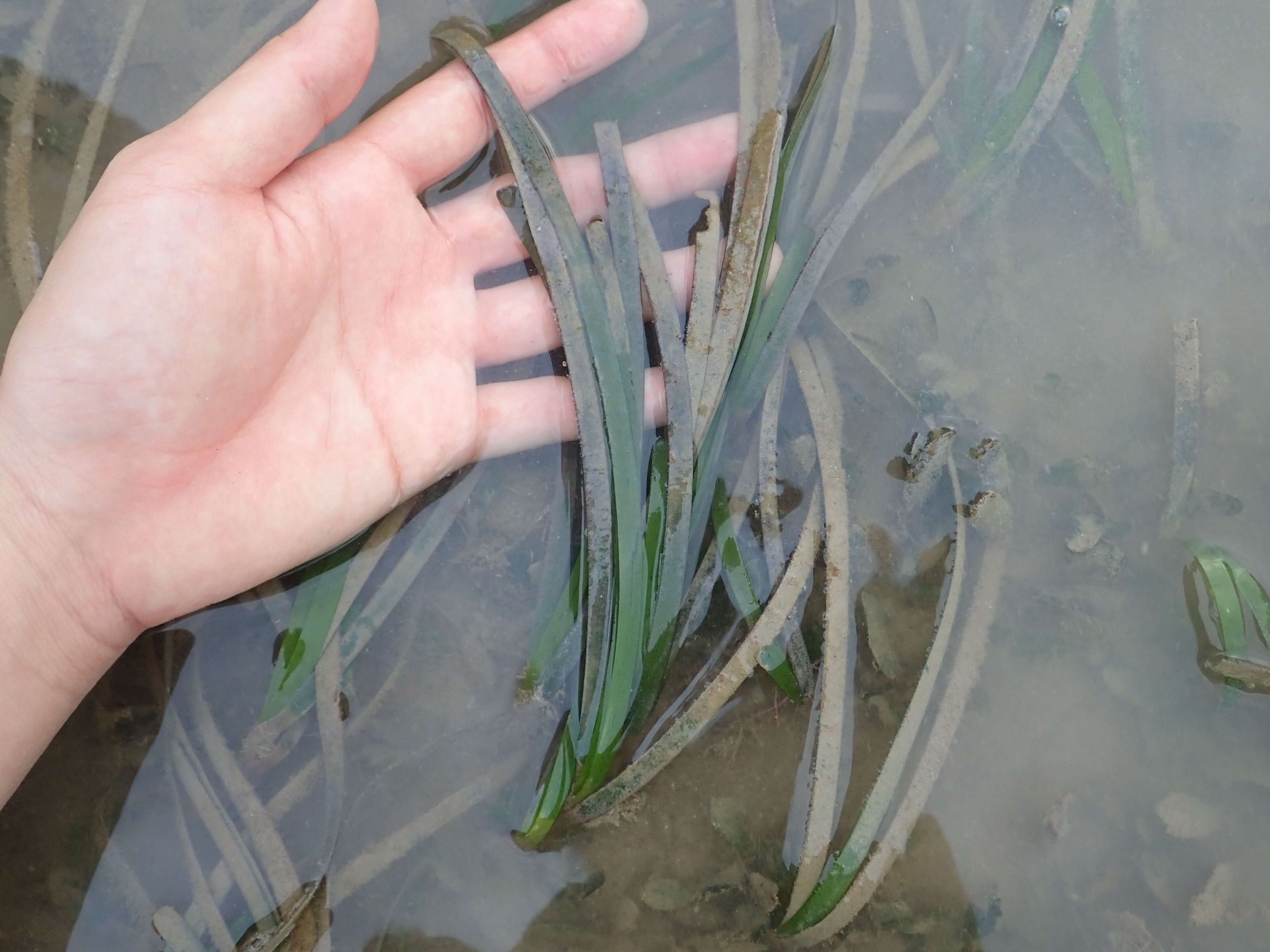 Photo from NParks
Photo from NParks
Quantifying the benefits from seagrass restoration efforts
Lastly, the study aims to quantify the tangible and intangible benefits of seagrass restoration.
This includes how restoration will increase carbon sequestration and species diversity.
Surveys and targeted interviews will also be conducted to document changes in awareness and attitudes among the volunteers who help out with restoration and citizen science efforts.
OCBC staff volunteers and members of the public will be invited to volunteer as part of the project, and will be able to assist in areas like transplanting seagrass.
"These findings, both tangible and intangible will form a more complete picture on the beneficial outcomes of the seagrass restoration and help encourage more restoration projects in the future," the media release said.
Top photo from NParks
MORE STORIES










